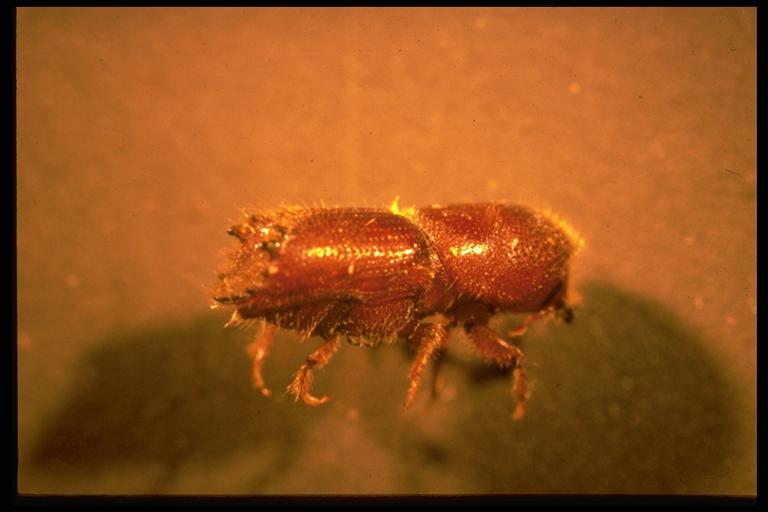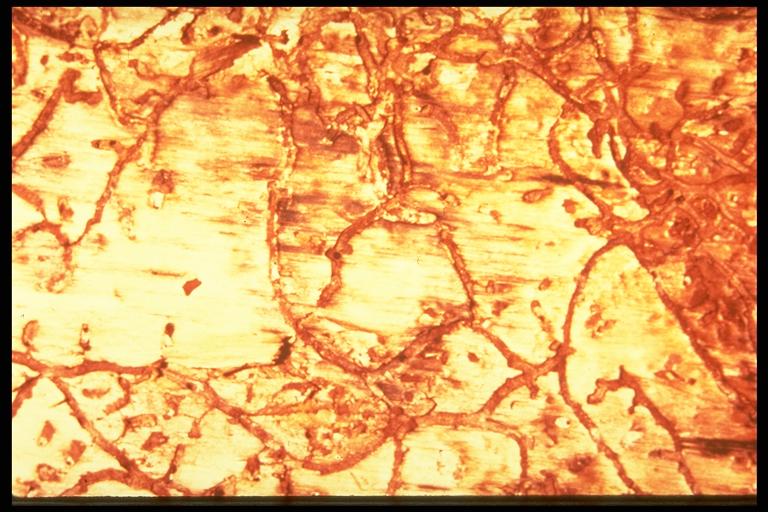By Mario Villarino, Texas AgriLife Extension Agent for Agriculture and Natural Resources, Hopkins County, [email protected]
Pine bark beetles attack and kill pine trees, and are relatively common pests of pine forests. The feeding and tunneling activities of adult and larval pine bark beetles eventually girdles an infested tree (e.g., disrupts the transport of water and nutrients up and down the stem) and quickly kills it.

Pine bark beetles live under the bark of pine trees. Adults infest new trees by chewing through the outer bark, leaving small round holes in the bark that may ooze pine resin (called “pitch tubes”). Adult pine bark beetles create tunnels or galleries under the bark where they mate and lay eggs. Larval beetles hatch from the egg galleries and create new tunnels, feeding on the inner bark of the tree. When the larvae finally develop into adults, they bore a hole out of the tree and fly to another. The life cycle for these beetles can be as short as 21 days in the summer months. Pine bark beetle activity generally stops when temperatures drop lower than 50º F.
Pine trees that are stressed or weakened are most vulnerable to attack by pine bark beetles. Only the southern pine beetle is known to attack healthy trees. Drought, flooding, disease, or damage from fire, lightening, hail, wind, human activity, and other sources can make a tree susceptible to infestation. In residential areas, construction activities can stress existing pine trees and create opportunities for infestation by pine bark beetles. Damage or stress can result from soil compaction, surface grade changes, or bark injury by vehicles or heavy equipment.
It is nearly impossible to save a tree that has been infested with pine bark beetles, so preventing attacks is extremely important. Keeping pine trees healthy and in good condition is the best way to help prevent infestations of pine bark beetles and other insects and diseases. Practice appropriate tree protection practices during home construction and landscape maintenance. Applying water and fertilizer to important trees in your landscape can also help them deal with the stress of construction activities and natural events, such as drought.

The Texas Forest Service recommends that landowners promptly cut down pine trees that are visibly infested with pine bark beetles (e.g., some life stage of the beetle is currently in the tree). However, care should be taken to make sure that felling an infested tree does not damage surrounding trees, since damaged trees are more susceptible to infestation. Once the larvae have matured and emerged from an infested tree, removing the tree will no longer provide any control benefits. Removal may still be warranted if the dead tree poses a safety risk (dead pine trees become quite brittle in 6 to 10 months)
Cut trees and limbs that are infested with pine bark beetles should be burned as soon as possible, since the beetles may continue to emerge from the cut wood. If burning is not an option due to burn bans or other factors, place cut wood in a sunny area and wrap it with a tarp. The tarp may help prevent adults from moving to new trees, and the heat generated by the sun may help kill remaining beetles and larvae under the tarp. There are a few pesticides currently registered for use to control pine bark beetles. However, chemical treatments are not recommended for controlling pine bark beetle infestations in residential settings.
For more information on these or any other agricultural topic please contact the Hopkins County Extension Office at 903-885-3443 or email me at [email protected].





